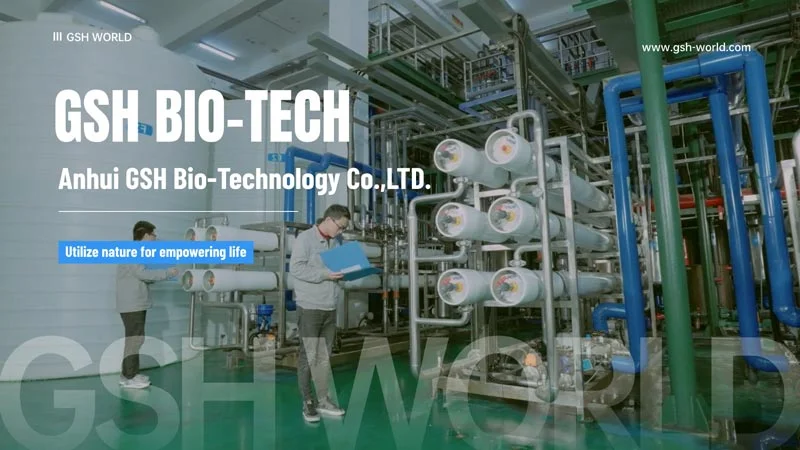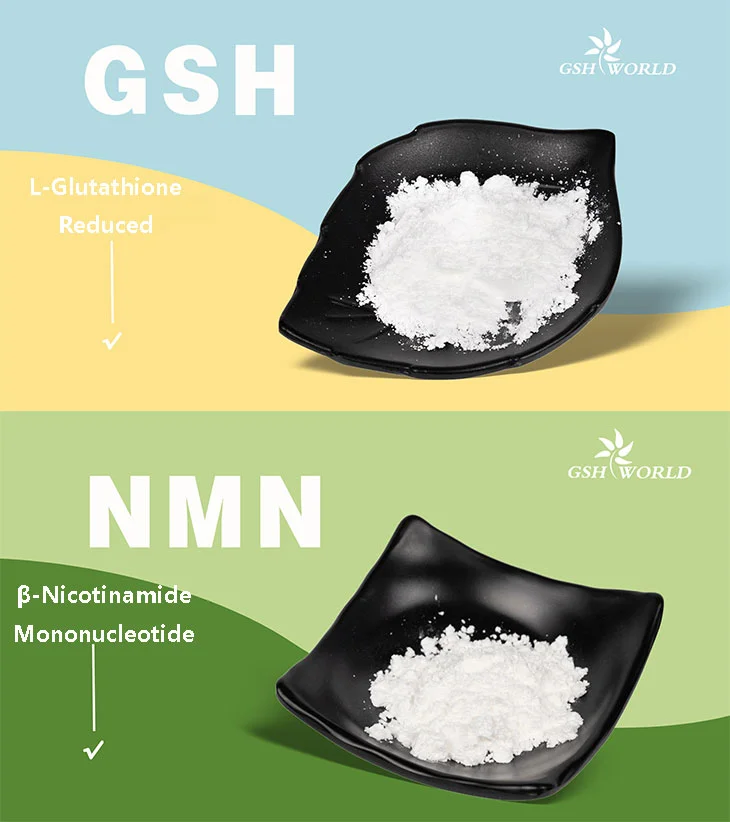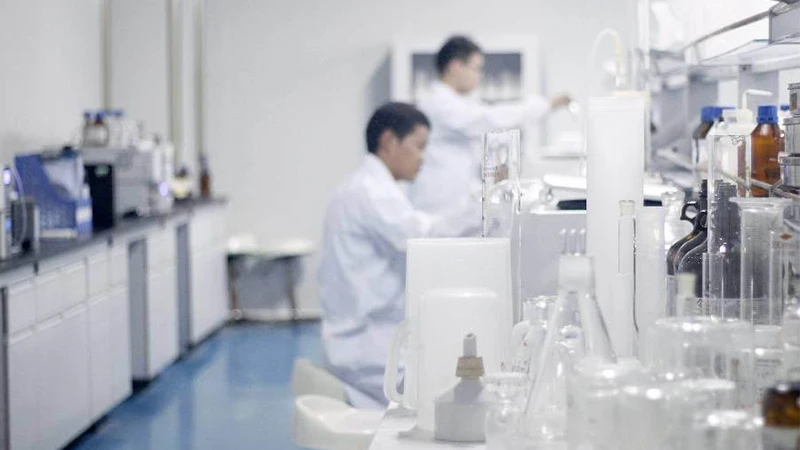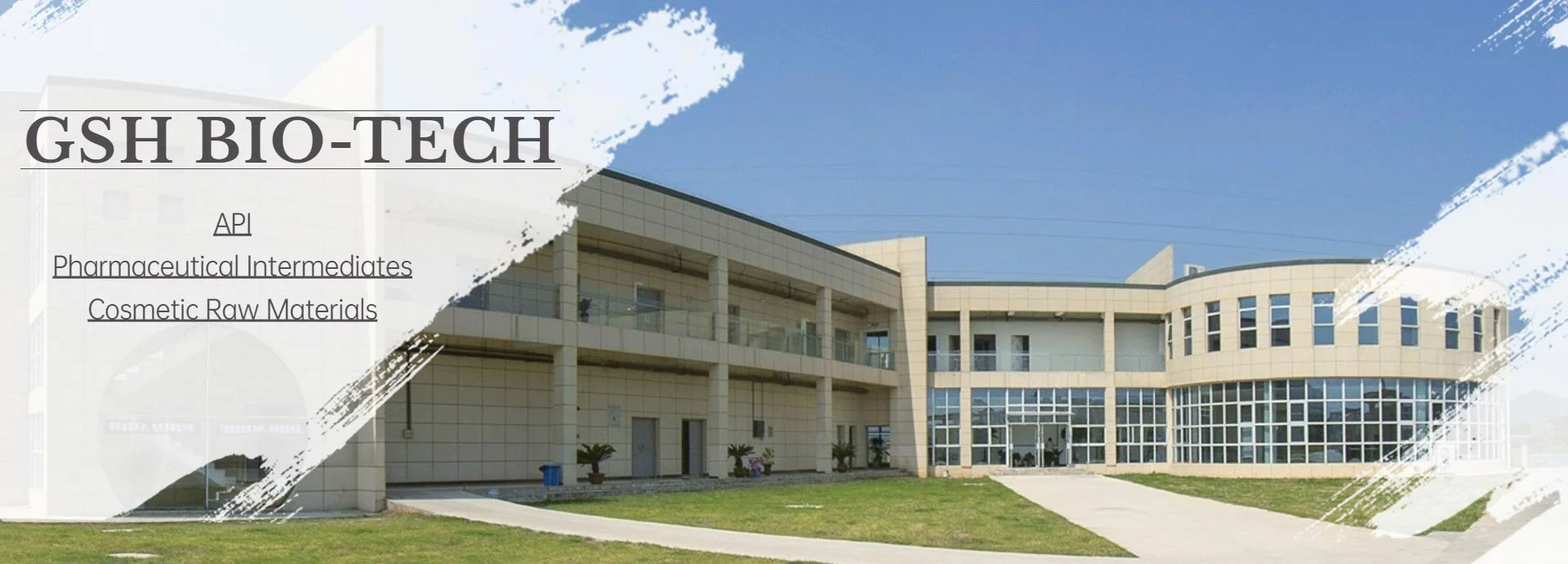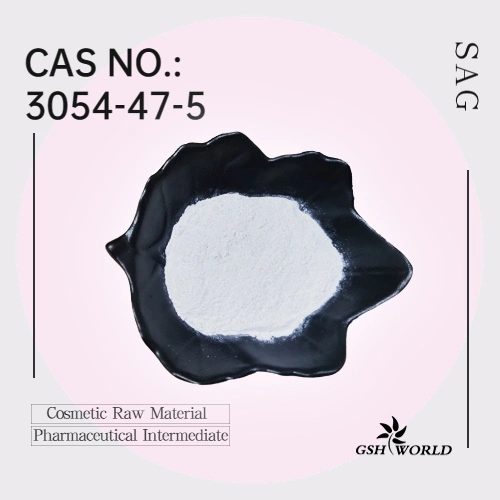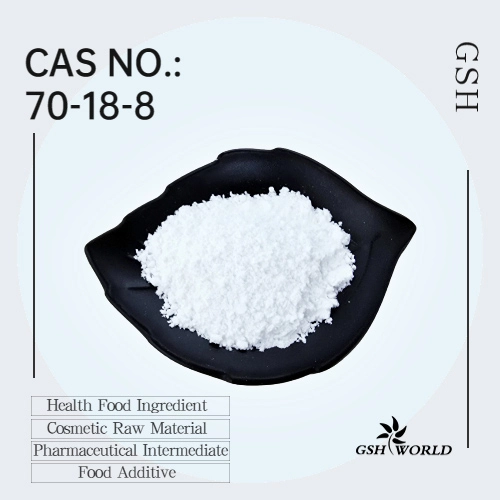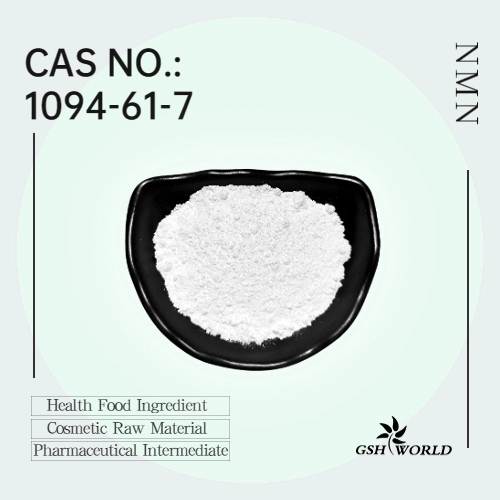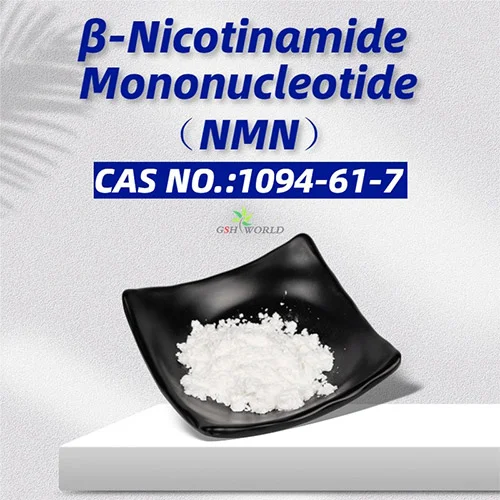Advantages of Acetyl Glutathione
S-Acetyl-L-Glutathione (SAG), a derivative of glutathione, is also a potent antioxidant and cell protector.
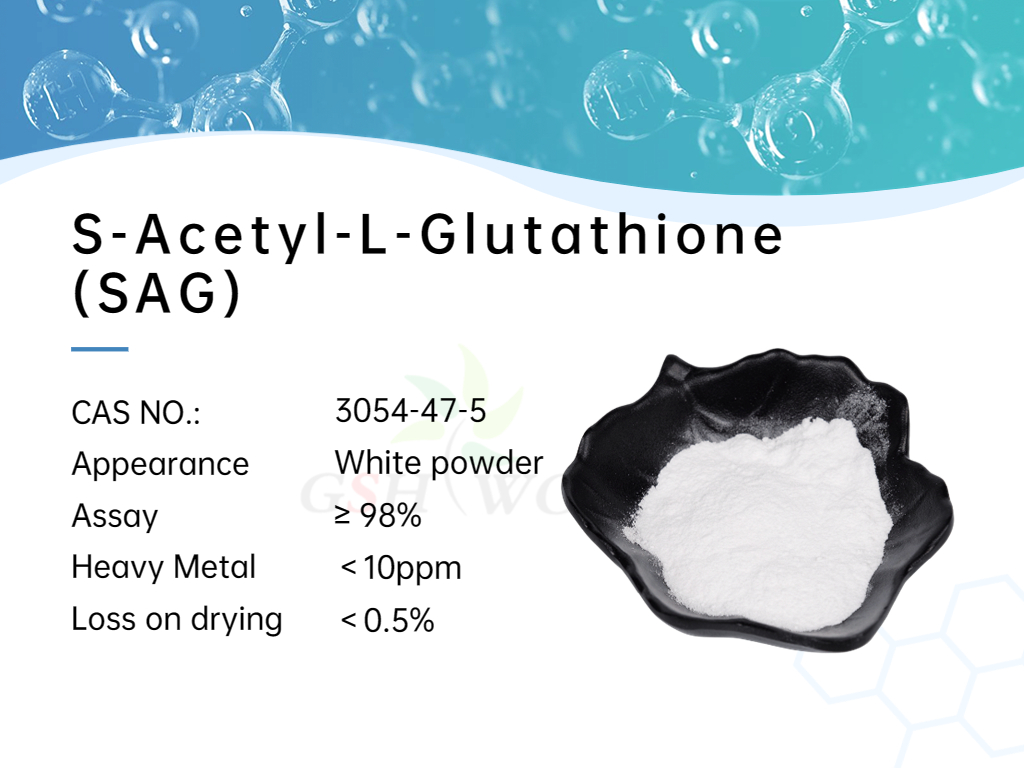
Glutathione is one of the most powerful antioxidants naturally produced in the body. Acetyl glutathione is its most stable form. It has an acetyl group (COCH3) attached to the half of the glutathione molecule. on the sulfur atom of cystine.
Glutathione (GSH) is an endogenous tripeptide, and the liver is one of the tissues with the highest content. In particular, it is the main tissue involved in its biosynthesis. Intracellularly, GSH is maintained in its thiol-reduced form by NADPH-dependent enzymes. Additional amounts of GSH exist in the form of oxidized glutathione (GSSG) and glutathione conjugates. Maintaining an optimal GSH:GSSG ratio is critical for cell survival as GSH is one of the most important endogenous antioxidant defense systems, removing lipids and hydrogen peroxide.
1. SAG is a GSH precursor that is more stable in plasma, taken up by cells and subsequently converted to GSH.
An effective approach to replenish endogenous GSH is the use of S-acyl prodrugs such as S-acetylglutathione (SAG). It is able to cross cell membranes and increase intracellular SH groups. Unlike GSH, which enters cells directly, SAG is more stable in plasma and, once in the cytoplasm, is converted to GSH by cytoplasmic thioesterases. In particular, acetylation of the sulfur atom avoids the breakdown of GSH and simplifies its absorption through the intestinal wall.
SAG is ideal for oral intake because the acetyl group protects glutathione from breakdown in the gastrointestinal tract. Once absorbed and in cells, it is removed, leaving the glutathione molecule intact.
2. SAG is beneficial to restore the SOD activity and GSH level in the liver.
S-Acetyl Glutathione is able to penetrate the mitochondrial membrane, helping to maintain its integrity and function. Additionally, S-acetylglutathione was found to increase intracellular glutathione and improve many biomarkers of oxidative stress, helping to support immune function and optimize glutathione liver detoxification pathways.
3. By reducing inflammation and oxidative stress, SAG administration can significantly reduce liver fibrosis.
Studies have shown that SAG has a potential protective effect against carbon tetrachloride (CCl4)-induced liver injury. The hepatoprotective effect of SAG depends on its ability to reduce ROS generation and reduce pro-inflammatory signaling by inactivating TLR4/NF-κB signaling.
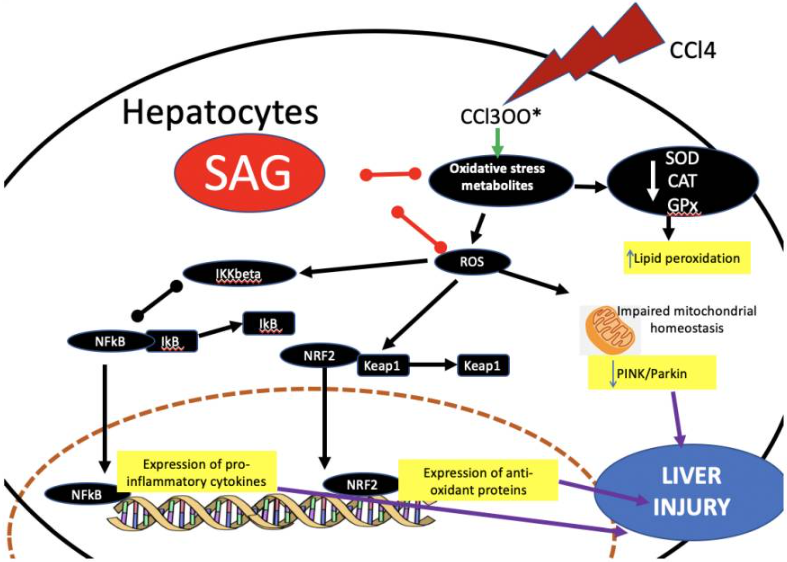
▲Illustration of the SAG mechanism
Overall, SAG is protective against CCl4-induced liver injury, and the study suggests that SAG may serve as a potential hepatoprotective agent for the prevention of oxidative liver injury.
*Special note - This article is for informational purposes only and cannot replace a doctor's treatment diagnosis and advice. It should not be regarded as a recommendation or proof of efficacy of the medical products involved. If it involves disease diagnosis, treatment, and rehabilitation, please be sure to go to a professional medical institution to seek professional advice.
by GSHWORLD
GSHWORLD is China Biological API Manufacturer. China s acetyl glutathione Supplements powder suppliers & best s acetyl glutathione benefits raw material Factory.

